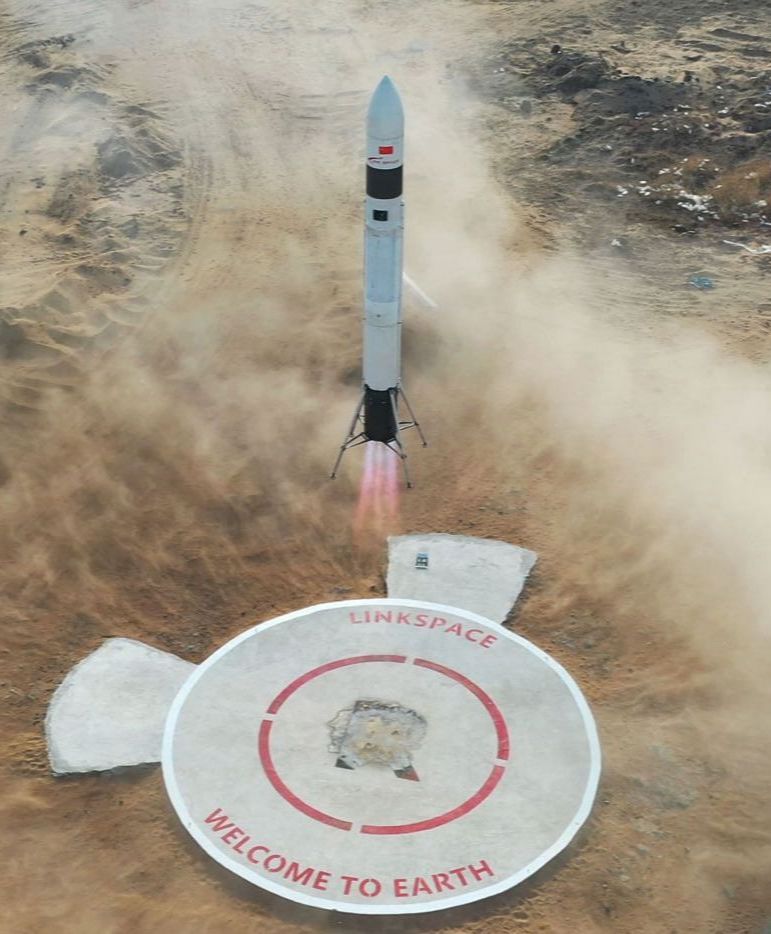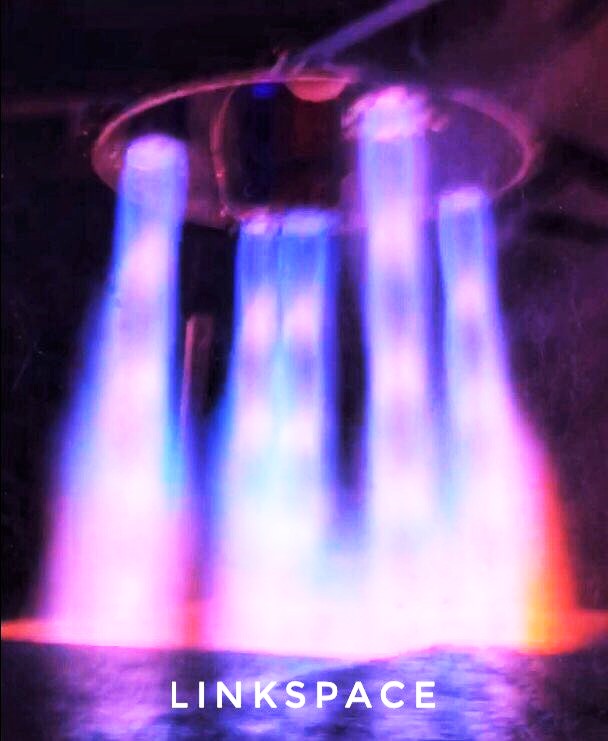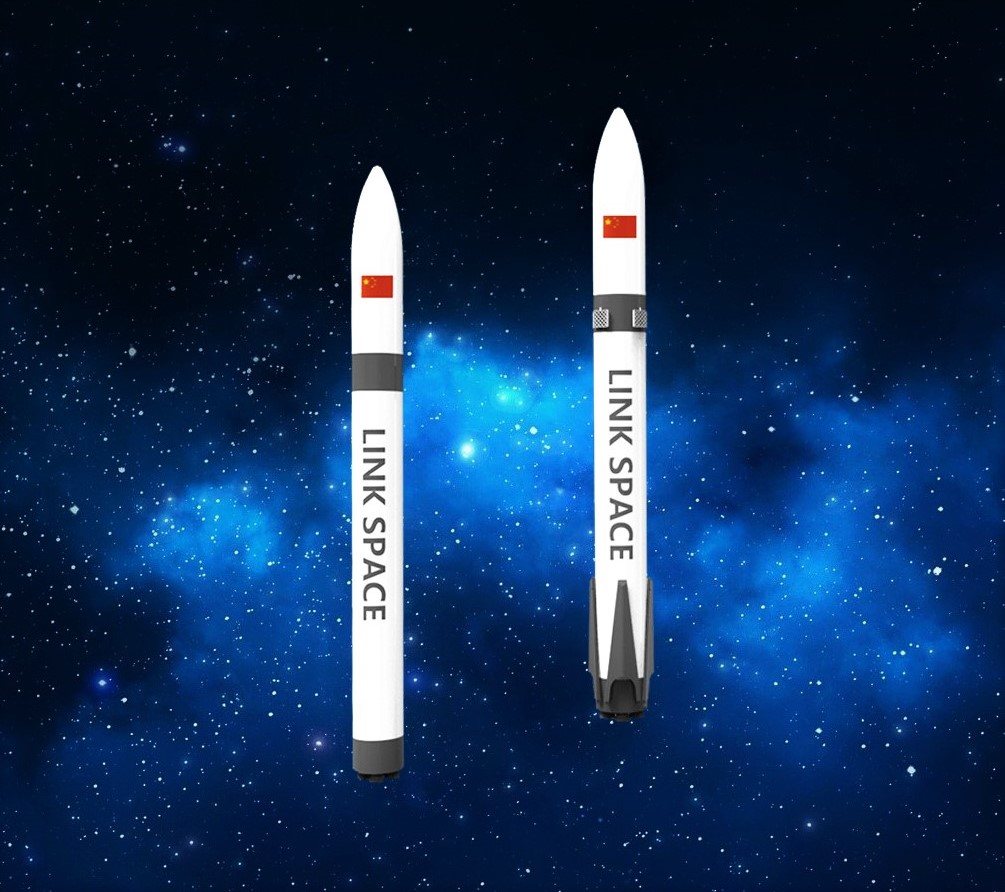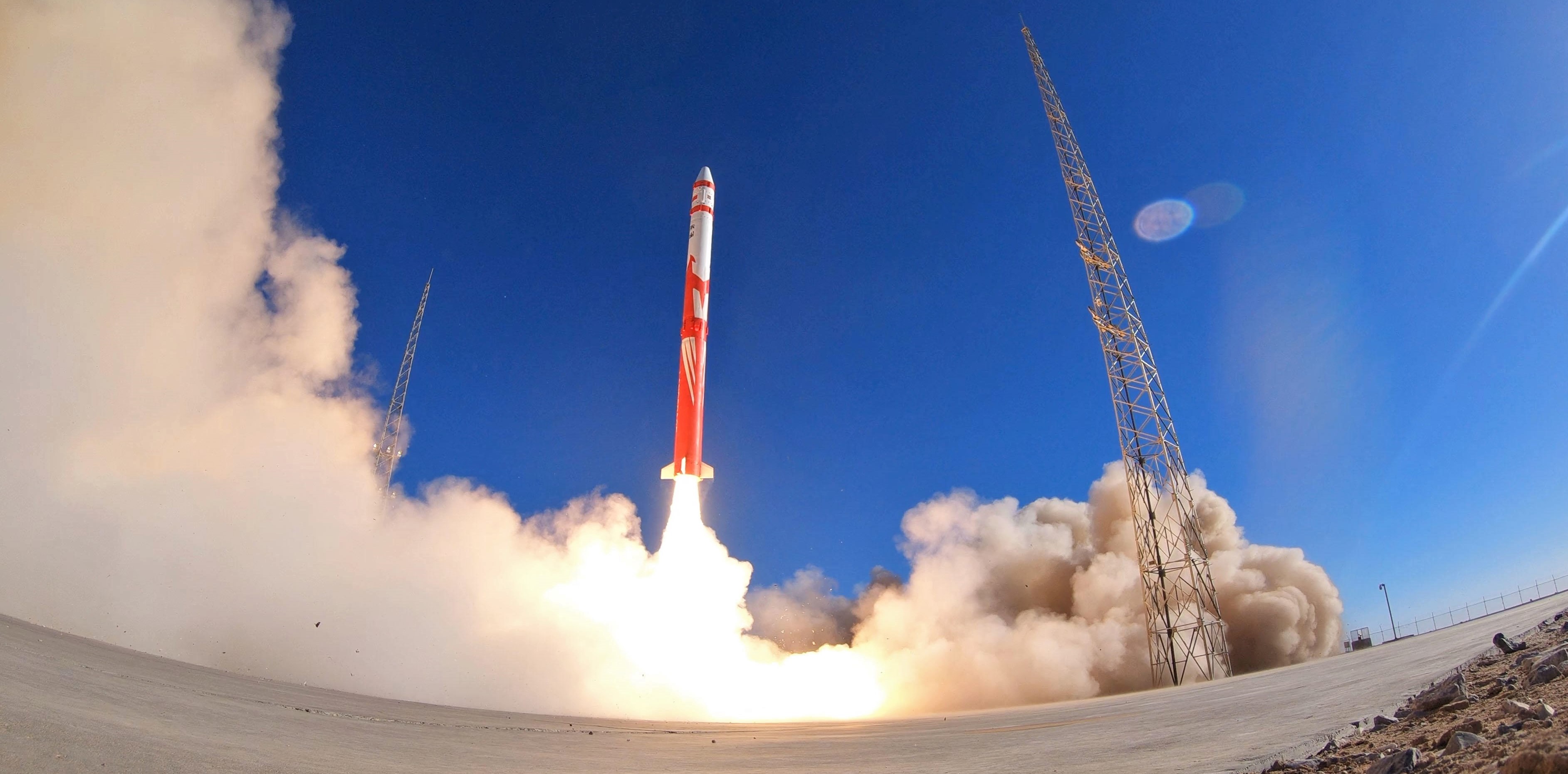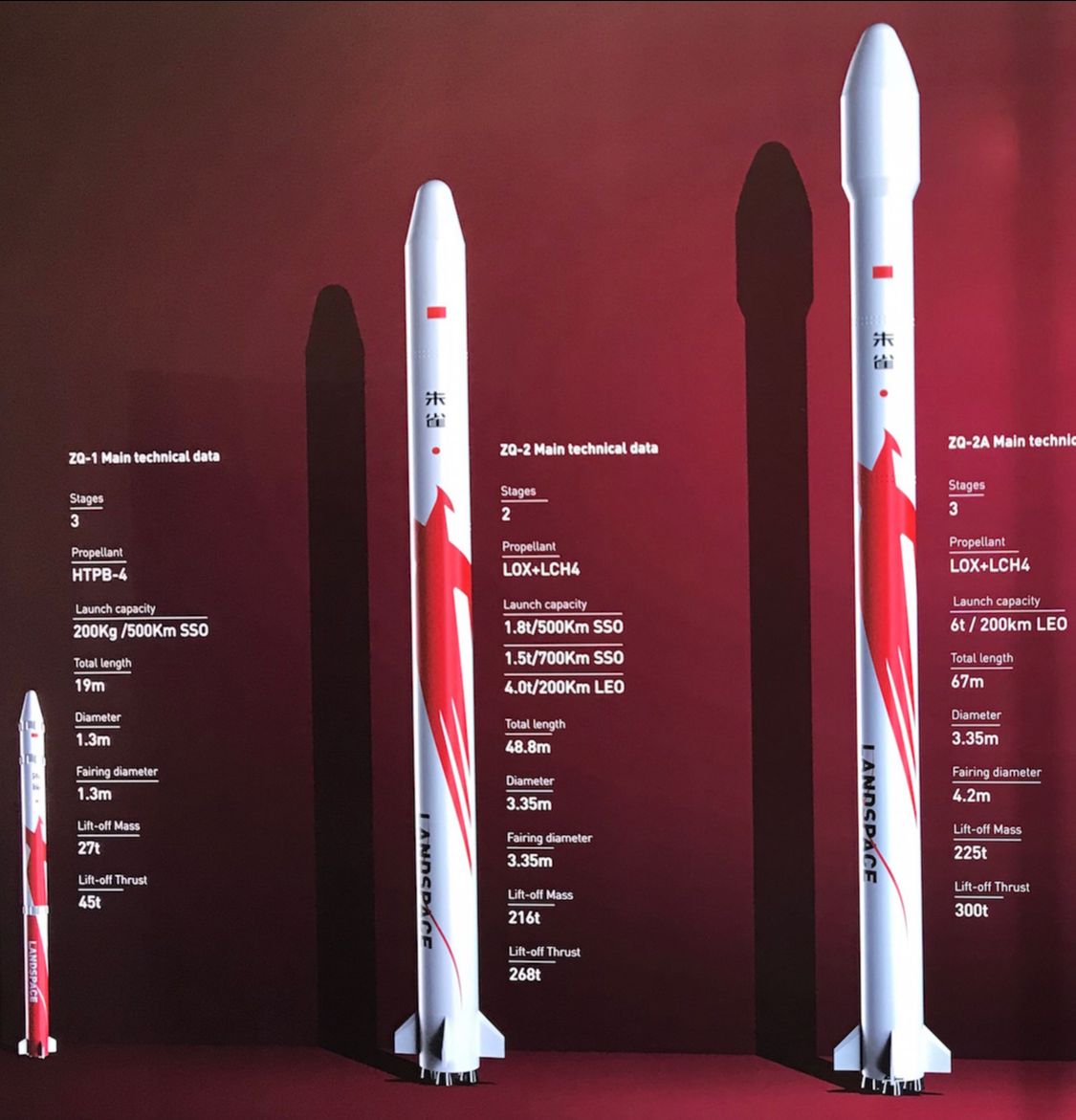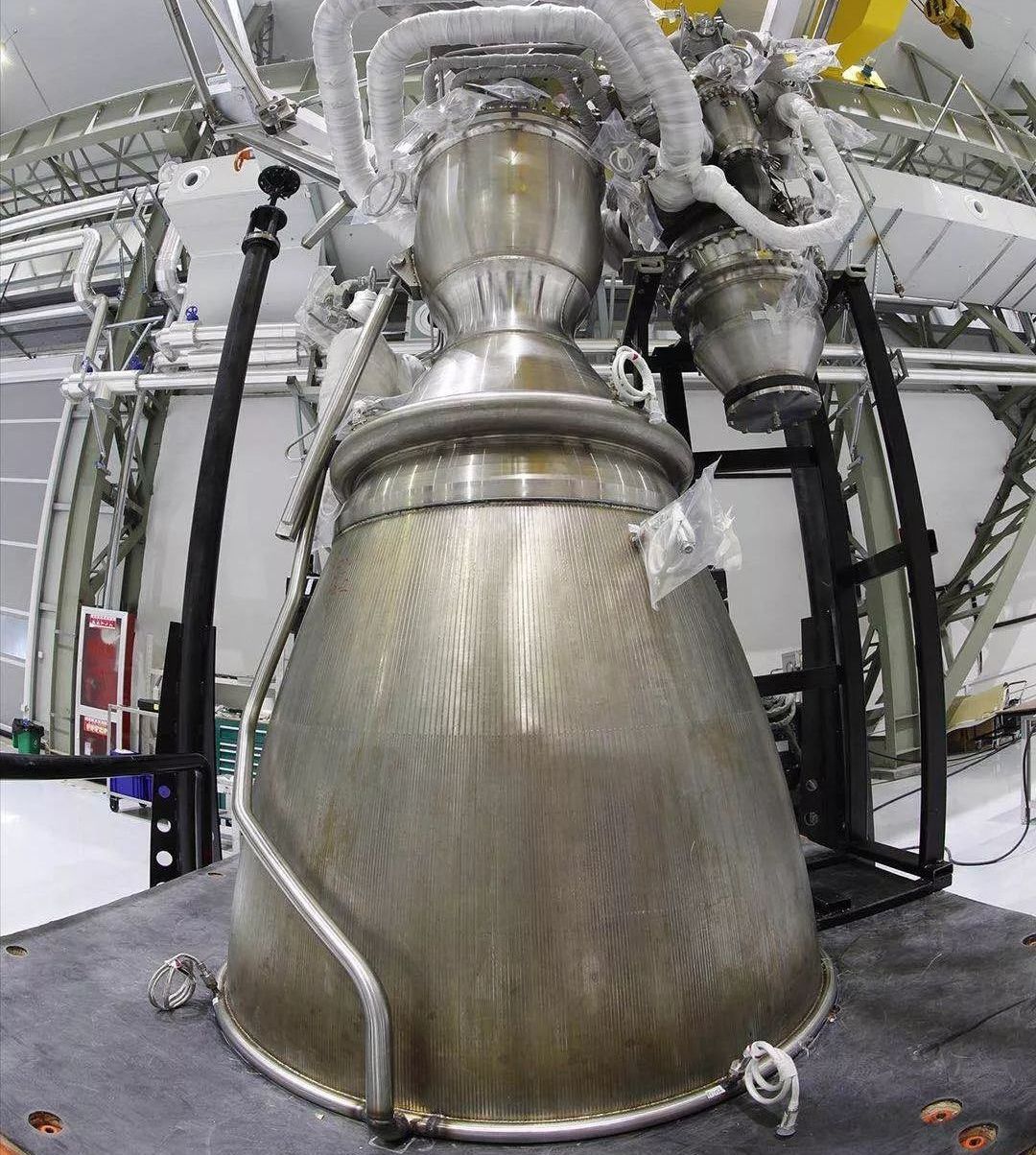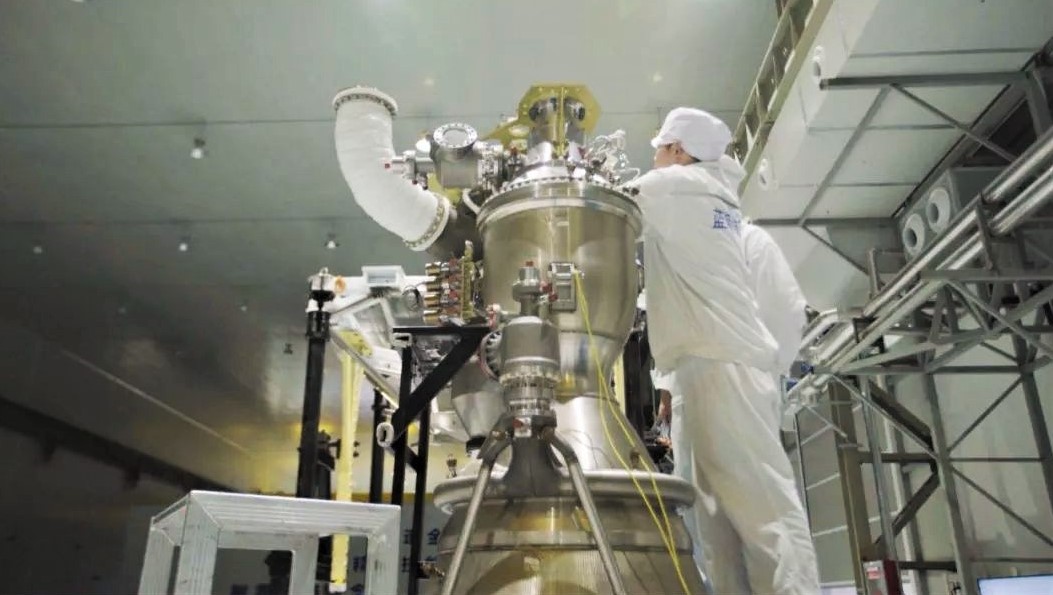News
DeepSpace: Chinese rocket startups make tangible progress on the path to orbital launch

In the last six or so months, a range of small Chinese rocket startups have begun to make serious progress in the nascent commercial industry, including several inaugural orbital launch attempts, extensive propulsion testing, and more. Rising above the fray are a handful of uniquely notable companies: Landspace, Linkspace, OneSpace, and iSpace (creative, I know).
While the names leave something lacking, several companies have truly impressive ambitions and can already point to major tech development programs as evidence for their follow-through. Linkspace is arguably the most interesting company with respect to what they are doing today, while Landspace has the ambition and expertise to build and launch some truly capable rockets in the near-term.
OneSpace & iSpace
- OneSpace recently made its first attempt at orbital launch after completing an OS-M1 rocket, nominally capable of placing 200 kg (450 lb) in a 300 km (190 mi) low Earth orbit (LEO). The March 2019 attempt failed 45 seconds into launch, likely caused by an improperly-installed gyroscope that guided the rocket in the wrong direction.
- This failure is by no means a bad thing. Reaching orbit on one’s first try is extraordinarily rare, particularly for private companies with no prior experience developing launch vehicles. SpaceX’s first three Falcon 1 launches failed before success was found on Flight 4. Rocket Lab’s Electron launch debut was forced to abort before reaching orbit due to faulty third-party communications equipment.
- OneSpace has several additional suborbital OS-X launches and may be able to attempt one additional OS-M1 orbital launch before the end of 2019.
- Down the road, the company wants to enhance its payload capabilities by adding additional solid rocket strap-on boosters to OS-M1 (designated M2 and M4). OS-M4 would be able to launch as much as 750 kg (1650 lb) into LEO.
- iSpace is in a similar boat. Its Hyperbola-1 rocket relies on three solid stages and a liquid fourth stage and is designed to place 300 kg (660 lb) into LEO. iSpace has plans to attempt the company’s first orbital launch as early as June 2019.
- Having already raised more than $100M in investment, iSpace also has strong backing for the development of its next-gen Hyperbola-2 rocket. The methalox-based vehicle will have a reusable booster capable of vertical landings and should be able to launch almost 2 tons to LEO. The rocket’s first launch is expected to occur no earlier than late 2020.



Linkspace
- In April 2019, Linkspace began flight-testing a sort of miniature version of SpaceX’s Falcon 9 Grasshopper testbed. Known as NewLine Baby, the small suborbital prototype is designed to improve the company’s technical familiarity with vertically landing orbital-class rocket boosters after missions. Thus far, hop testing has been a great success.
- Baby weighs 1.5 t (1100 lb), is 8.1m (27 ft) tall, and is powered by five liquid methane and oxygen (methalox) rocket engines.
- The company hopes to transfer the knowledge gained into NewLine-1, a partially reusable orbital-class rocket designed to place 200 kg in LEO. Linkspace could attempt their first orbital launch as early as 2021.
- The two-stage rocket’s booster would separate a few minutes into launch and attempt a vertical landing on a pad or boat, the same approach SpaceX has used with unprecedented success.
- The similarities with SpaceX’s Falcon 9 are honestly not the worst thing. SpaceX has no patent on vertically landing rockets and has never attempted to corner the industry. Copying a successful new paradigm is certainly better than doing nothing.
- (For the record, Blue Origin did the exact opposite and attempted to patent vertically landing rockets at sea in 2014, before the company had conducted a single serious launch and at the same time as SpaceX was already planning barge recoveries of Falcon 9 boosters.)
- One could even say that Linkspace and several other Chinese companies are actually doing better than industry heavyweights like ULA and Arianespace by simply embracing the new paradigm, as opposed to denial, pearl-clutching, and half-measure responses.
Landspace
- Finally, there is Landspace. Perhaps the most exciting company of the bunch, Landspace is developing a fairly large methalox launch vehicle named ZhuQue-2 (ZQ-2). Powered by several fairly large TQ-12 liquid rocket engines, ZQ-2 is designed to launch up to 4t (8800 lb) to an orbit of 200 km (120 mi) and would produce up to 2650 kN (600,000 lbf) of thrust at liftoff, about a third of SpaceX’s Falcon 9.
- The two-stage ZQ-2 is not currently being designed for reusability, but an upgraded three-stage variant (ZQ-2A) would feature a much larger payload fairing and improve payload performance to 200 km by 50%, from 4t to 6t.
- Landspace will attempt ZQ-2’s inaugural launch as early as 2020. Critically, the company is just completed the first full-scale prototype of the TQ-12 engine meant to power the rocket and could begin static fire tests just a month or two from now.
- Tianque-12 (TQ-12) is a fairly unique engine. Powered by liquid methane and oxygen (methalox), TQ-12 uses a gas-generator propulsion cycle and is designed to produce up to 80t (175,000 lbf) of thrust. In a sense, TQ-12 is basically a slightly less powerful methalox variant of SpaceX’s Merlin 1D engine.
- The fact that Landspace is already in a position to begin static fire tests of the engine powering its next-gen rocket bodes very well for the company’s future plans. At a minimum, it likely means that Landspace is much closer to offering multi-ton commercial launch services compared to its competitors.
- Aside from its next-gen ambitions, Landspace has also developed a much smaller three-stage rocket known as ZQ-1. Capable of launching up to 300 kg into LEO, ZQ-1 nearly reached orbit on its October 2018 launch debut, failing midway through its third-stage burn.
- For now, the Chinese launch startup scene is downright frenetic. The title of “first private Chinese company to reach orbit” has yet to be awarded, and more than half a dozen groups are practically racing to secure it.
Mission Updates:
- SpaceX’s CRS-17 Cargo Dragon spacecraft successfully rendezvoused and berthed with the ISS on May 6th.
- Potentially less than two weeks after the Falcon 9’s May 4th CRS-17 launch, SpaceX’s first dedicated Starlink mission is scheduled to occur as early as May 13th, although delays of a few days are likely.
- SpaceX’s second West Coast launch of 2019 – carrying Canada’s Radarsat Constellation – finally has an official launch date – June 11th. The mission will reuse Falcon 9 B1051.
- Falcon Heavy’s third launch remains tentatively scheduled no earlier than June 22nd.
Photo of the Week

Falcon 9 B1056 returned to dry ground less than 24 hours after launching CRS-17 and landing aboard drone ship Of Course I Still Love You (OCISLY). (Tom Cross)
News
Tesla UK sales see 14% year-over-year rebound in June: SMMT data
The SMMT stated that Tesla sales grew 14% year-over-year to 7,719 units in June 2025.

Tesla’s sales in the United Kingdom rose in June, climbing 14% year-over-year to 7,719 units, as per data from the Society of Motor Manufacturers and Traders (SMMT). The spike in the company’s sales coincided with the first deliveries of the updated Model Y last month.
Model Y deliveries support Tesla’s UK recovery
Tesla’s June performance marked one of its strongest months in the UK so far this year, with new Model Y deliveries contributing significantly to the company’s momentum.
While the SMMT listed Tesla with 7,719 deliveries in June, independent data from New AutoMotive suggested that the electric vehicle maker registered 7,891 units during the month instead. However, year-to-date figures for Tesla remain 2% down compared to 2024, as per a report from Reuters.
While Tesla made a strong showing in June, rivals are also growing. Chinese automaker BYD saw UK sales rise nearly fourfold to 2,498 units, while Ford posted the highest EV growth among major automakers, with a more than fourfold increase in the first half of 2025.
Overall, the UK’s battery electric vehicle (BEV) demand surged 39% to to 47,354 units last month, helping push total new car sales in the UK to 191,316 units, up 6.7% from the same period in 2024.
EV adoption accelerates, but concerns linger
June marked the best month for UK car sales since 2019, though the SMMT cautioned that growth in the electric vehicle sector remains heavily dependent on discounting and support programs. Still, one in four new vehicle buyers in June chose a battery electric vehicle.
SMMT Chief Executive Mike Hawes noted that despite strong BEV demand, sales levels are still below regulatory targets. “Further growth in sales, and the sector will rely on increased and improved charging facilities to boost mainstream electric vehicle adoption,” Hawes stated.
Also taking effect this week was a new US-UK trade deal, which lowers tariffs on UK car exports to the United States from 27.5% to 10%. The agreement could benefit UK-based EV producers aiming to expand across the country.
News
Tesla Model 3 ranks as the safest new car in Europe for 2025, per Euro NCAP tests
Despite being on the market longer than many of its rivals, the Tesla Model 3 continues to set the bar for vehicle safety.

The Tesla Model 3 has been named the safest new car on sale in 2025, according to the latest results from the Euro NCAP. Among 20 newly tested vehicles, the Model 3 emerged at the top of the list, scoring an impressive 359 out of 400 possible points across all major safety categories.
Tesla Model 3’s safety systems
Despite being on the market longer than many of its rivals, the Tesla Model 3 continues to set the bar for vehicle safety. Under Euro NCAP’s stricter 2025 testing protocols, the electric sedan earned 90% for adult occupant protection, 93% for child occupant protection, 89% for pedestrian protection, and 87% for its Safety Assist systems.
The updated Model 3 received particular praise for its advanced driver assistance features, including Tesla’s autonomous emergency braking (AEB) system, which performed well across various test scenarios. Its Intelligent Speed Assistance and child presence detection system were cited as noteworthy features as well, as per a WhatCar report.
Other notable safety features include the Model 3’s pedestrian-friendly pop-up hood and robust crash protection for both front and side collisions. Euro NCAP also highlighted the Model 3’s ability to detect vulnerable road users during complex maneuvers, such as turning across oncoming traffic.
Euro NCAP’s Autopilot caution
While the Model 3’s safety scores were impressive across the board, Euro NCAP did raise concerns about driver expectations of Tesla’s Autopilot system. The organization warned that some owners may overestimate the system’s capabilities, potentially leading to misuse or inattention behind the wheel. Even so, the Model 3 remained the highest-scoring vehicle tested under Euro NCAP’s updated criteria this year.
The Euro NCAP’s concerns are also quite interesting because Tesla’s Full Self-Driving (FSD) Supervised, which is arguably the company’s most robust safety suite, is not allowed for public rollout in Europe yet. FSD Supervised would allow the Model 3 to navigate inner city streets with only minimal human supervision.
Other top scorers included the Volkswagen ID.7, Polestar 3, and Geely EX5, but none matched the Model 3’s total score or consistency across categories. A total of 14 out of 20 newly tested cars earned five stars, while several models, including the Kia EV3, MG ZS, and Renault 5, fell short of the top rating.
Elon Musk
Why Tesla’s Q3 could be one of its biggest quarters in history
Tesla could stand to benefit from the removal of the $7,500 EV tax credit at the end of Q3.

Tesla has gotten off to a slow start in 2025, as the first half of the year has not been one to remember from a delivery perspective.
However, Q3 could end up being one of the best the company has had in history, with the United States potentially being a major contributor to what might reverse a slow start to the year.
Earlier today, the United States’ House of Representatives officially passed President Trump’s “Big Beautiful Bill,” after it made its way through the Senate earlier this week. The bill will head to President Trump, as he looks to sign it before his July 4 deadline.
The Bill will effectively bring closure to the $7,500 EV tax credit, which will end on September 30, 2025. This means, over the next three months in the United States, those who are looking to buy an EV will have their last chance to take advantage of the credit. EVs will then be, for most people, $7,500 more expensive, in essence.
The tax credit is available to any single filer who makes under $150,000 per year, $225,000 a year to a head of household, and $300,000 to couples filing jointly.
Ending the tax credit was expected with the Trump administration, as his policies have leaned significantly toward reliance on fossil fuels, ending what he calls an “EV mandate.” He has used this phrase several times in disagreements with Tesla CEO Elon Musk.
Nevertheless, those who have been on the fence about buying a Tesla, or any EV, for that matter, will have some decisions to make in the next three months. While all companies will stand to benefit from this time crunch, Tesla could be the true winner because of its sheer volume.
If things are done correctly, meaning if Tesla can also offer incentives like 0% APR, special pricing on leasing or financing, or other advantages (like free Red, White, and Blue for a short period of time in celebration of Independence Day), it could see some real volume in sales this quarter.
You can now buy a Tesla in Red, White, and Blue for free until July 14 https://t.co/iAwhaRFOH0
— TESLARATI (@Teslarati) July 3, 2025
Tesla is just a shade under 721,000 deliveries for the year, so it’s on pace for roughly 1.4 million for 2025. This would be a decrease from the 1.8 million cars it delivered in each of the last two years. Traditionally, the second half of the year has produced Tesla’s strongest quarters. Its top three quarters in terms of deliveries are Q4 2024 with 495,570 vehicles, Q4 2023 with 484,507 vehicles, and Q3 2024 with 462,890 vehicles.
-

 Elon Musk4 days ago
Elon Musk4 days agoTesla investors will be shocked by Jim Cramer’s latest assessment
-

 News1 week ago
News1 week agoTesla Robotaxi’s biggest challenge seems to be this one thing
-

 Elon Musk2 weeks ago
Elon Musk2 weeks agoFirst Look at Tesla’s Robotaxi App: features, design, and more
-

 News2 weeks ago
News2 weeks agoSpaceX and Elon Musk share insights on Starship Ship 36’s RUD
-

 News2 weeks ago
News2 weeks agoWatch Tesla’s first driverless public Robotaxi rides in Texas
-

 News1 week ago
News1 week agoWatch the first true Tesla Robotaxi intervention by safety monitor
-

 News2 weeks ago
News2 weeks agoTesla has started rolling out initial round of Robotaxi invites
-

 Elon Musk2 weeks ago
Elon Musk2 weeks agoTesla to launch in India in July with vehicles already arriving: report

